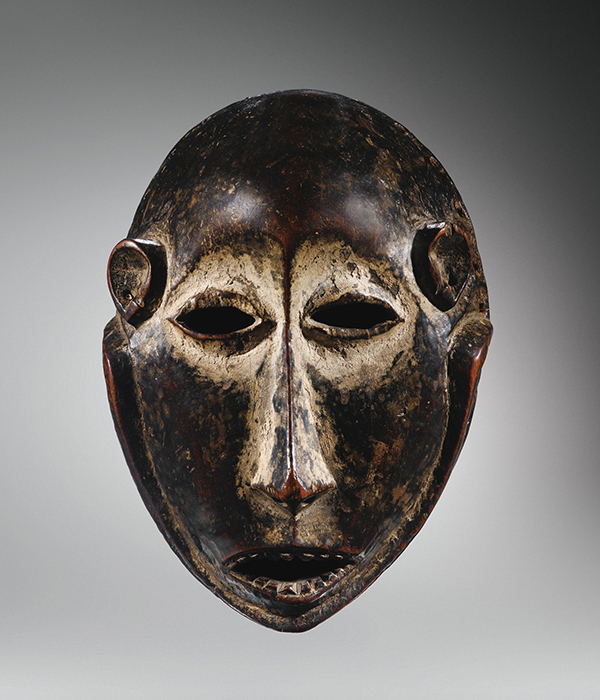Belgium city of Ghent removed a bust of King Leopold II from one of the city parks, in a symbolic gesture aligned with the celebration of 60 years of the independence of the Democratic Republic of Congo, the former colony.
“This symbolic action is received as a relief by the Congolese community,” said Marie-Laure Mulayi . “Finally, we are being heard.” The student from African origin, she leads Umoja student union, devoted to multiculturalsm.
During the ceremony on Juin 31, testimonies were read by inhabitants of Ghent with African roots.
“Today is a very important day. But it is not the last day. This is the start of a process, not an end. The battle continues. We will continue to do our best and hopefully we will have a better world soon. ”
“Today we want to turn a black page in our history,” said ships Tine Heyse (Green party). After a minute of silence, the removal proceeded. After the statue was removed there was brief applause.
The bust was brought to a depot of the Ghent City Museum. It will be examined later to assess the damages made by vandals. The nameplate with the inscription “Leopold II, King of the Belgians” and the pedestal on which the statue stood will remain for the time being.
The time when the controversial statue was removed was kept secret. The City of Ghent did not wish to make it a public event, indicating that they were determined to respect social distancing and other sanitary norms in the situations of coronavirus pandemic.
The controversial statue has been damaged several times by vandals in recent weeks. On Juin 31 in the evening, the Belgicist association Pro Belgica made a final tribute to the statue.
There are different reaction of the removal, also those who think it is wrote to erase past. “Ghent capitulates. One criminal, Leopold II, is now replaced by another, who has been canonized: George Floyd. All under the guise of ‘the fight against racism and discrimination” writes on his Twitter micro blog Sam van Rooy, the Flemish politician and Member of Flemish parliament.
